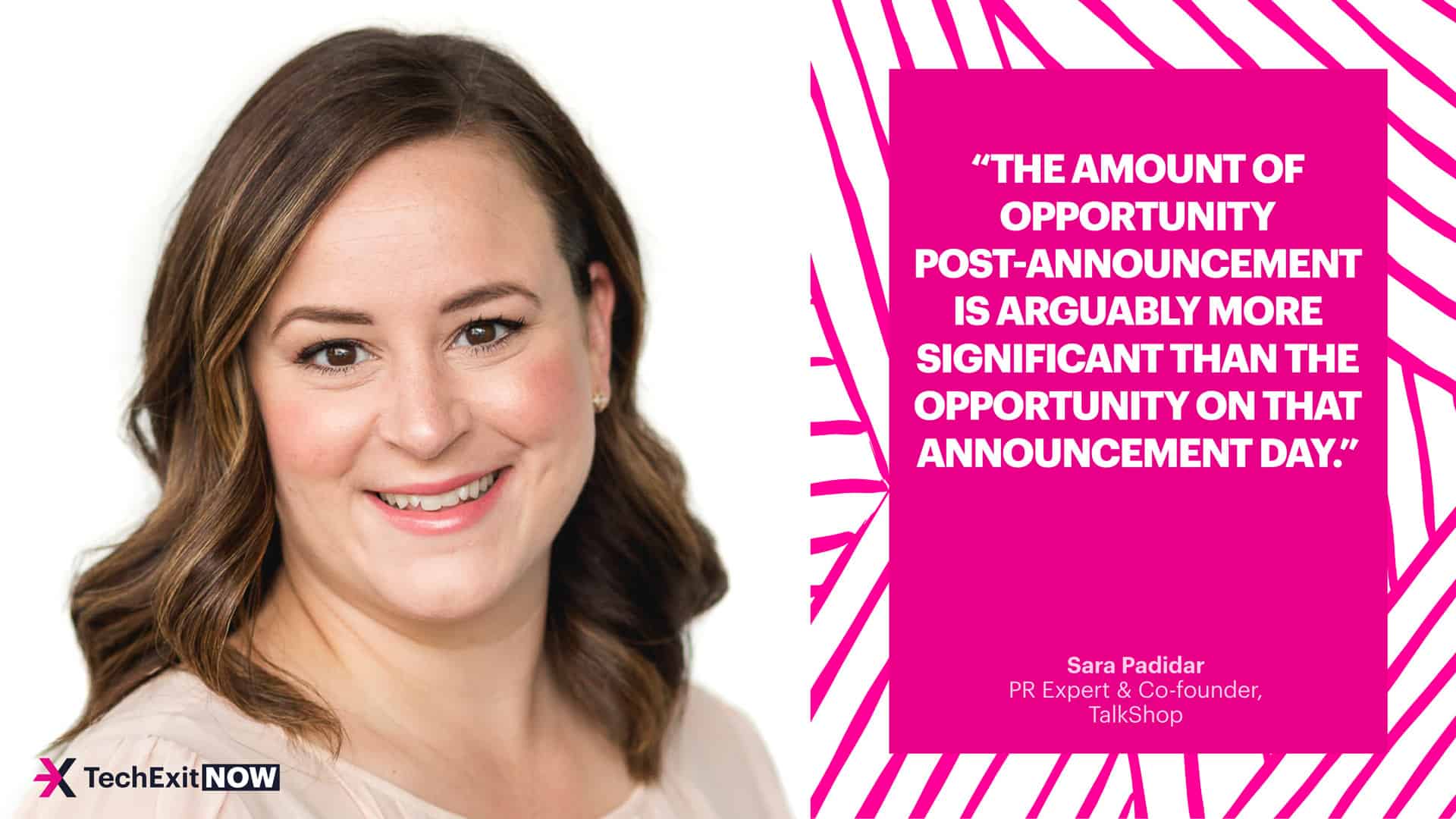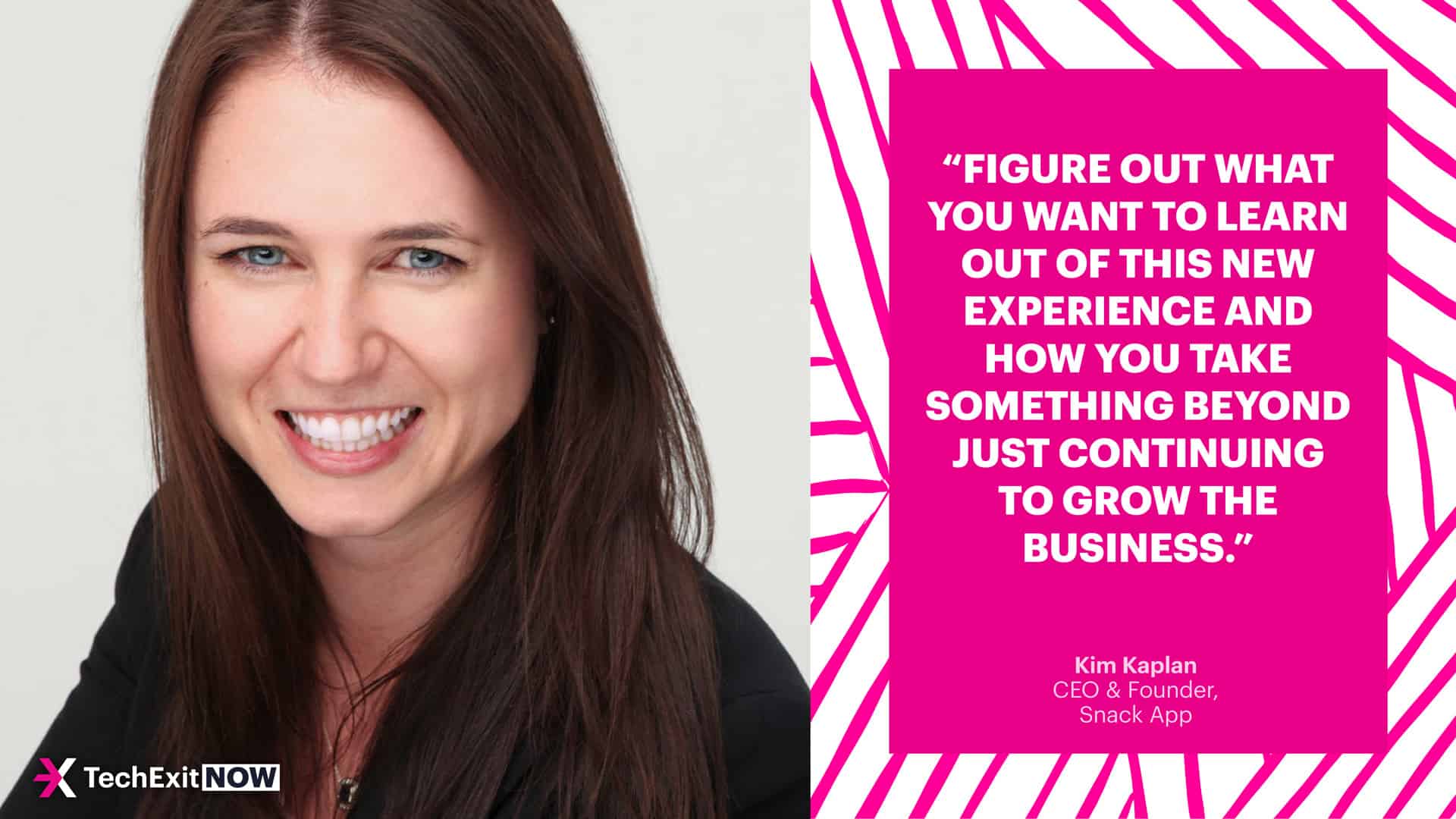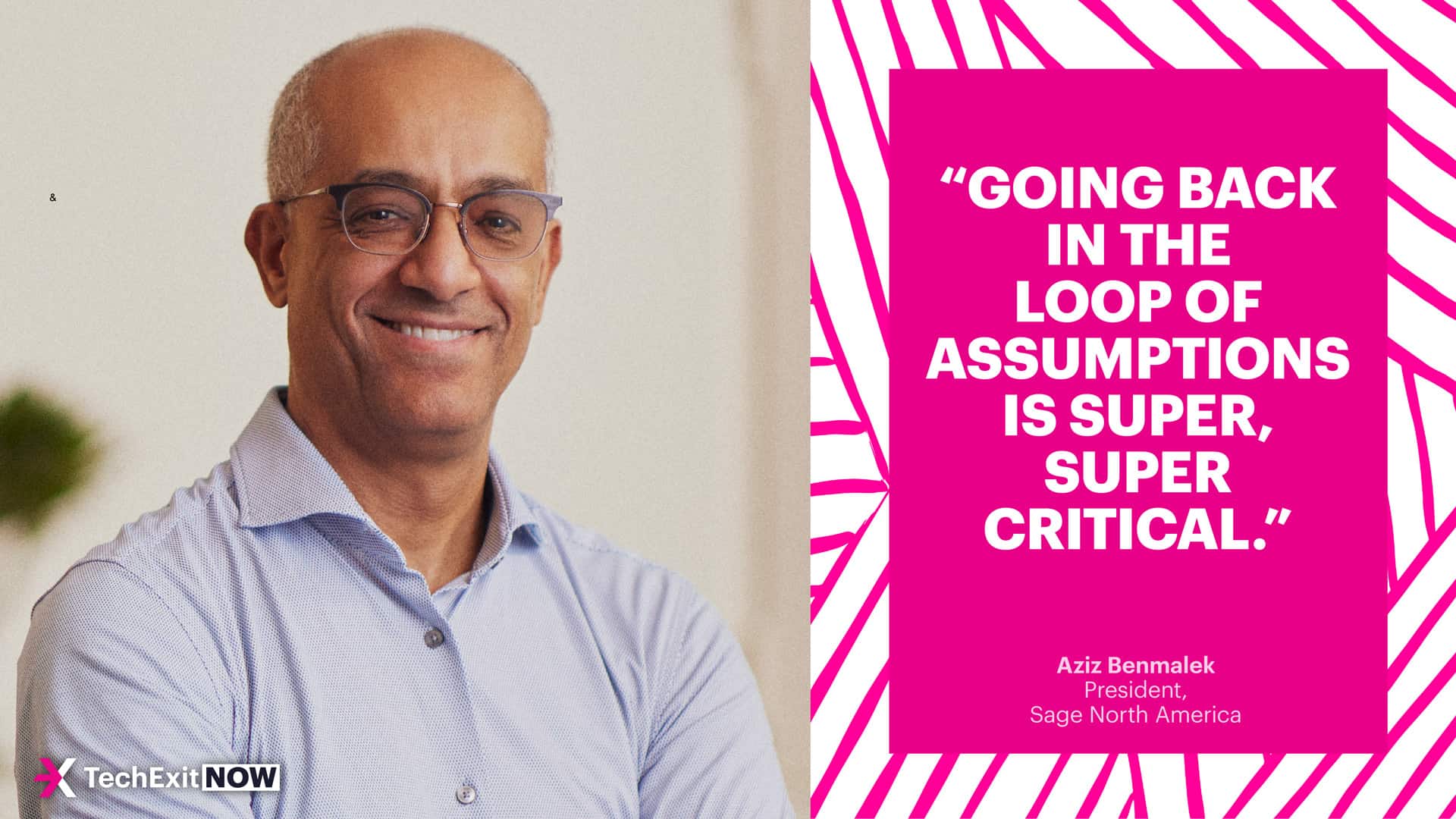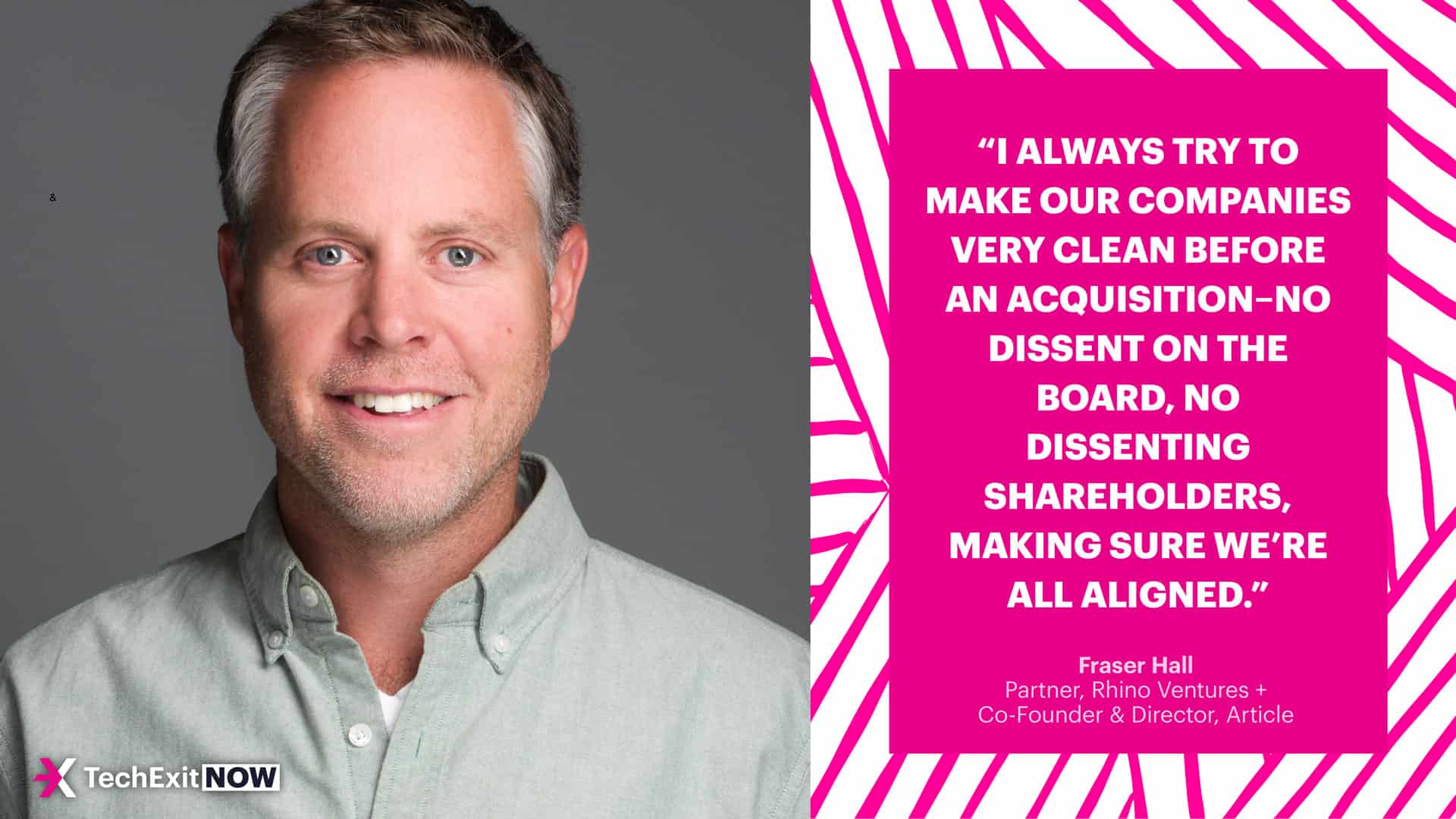What Founders Can Learn From Mik Kersten’s Experience Selling His Company To Planview
Stefan Palios
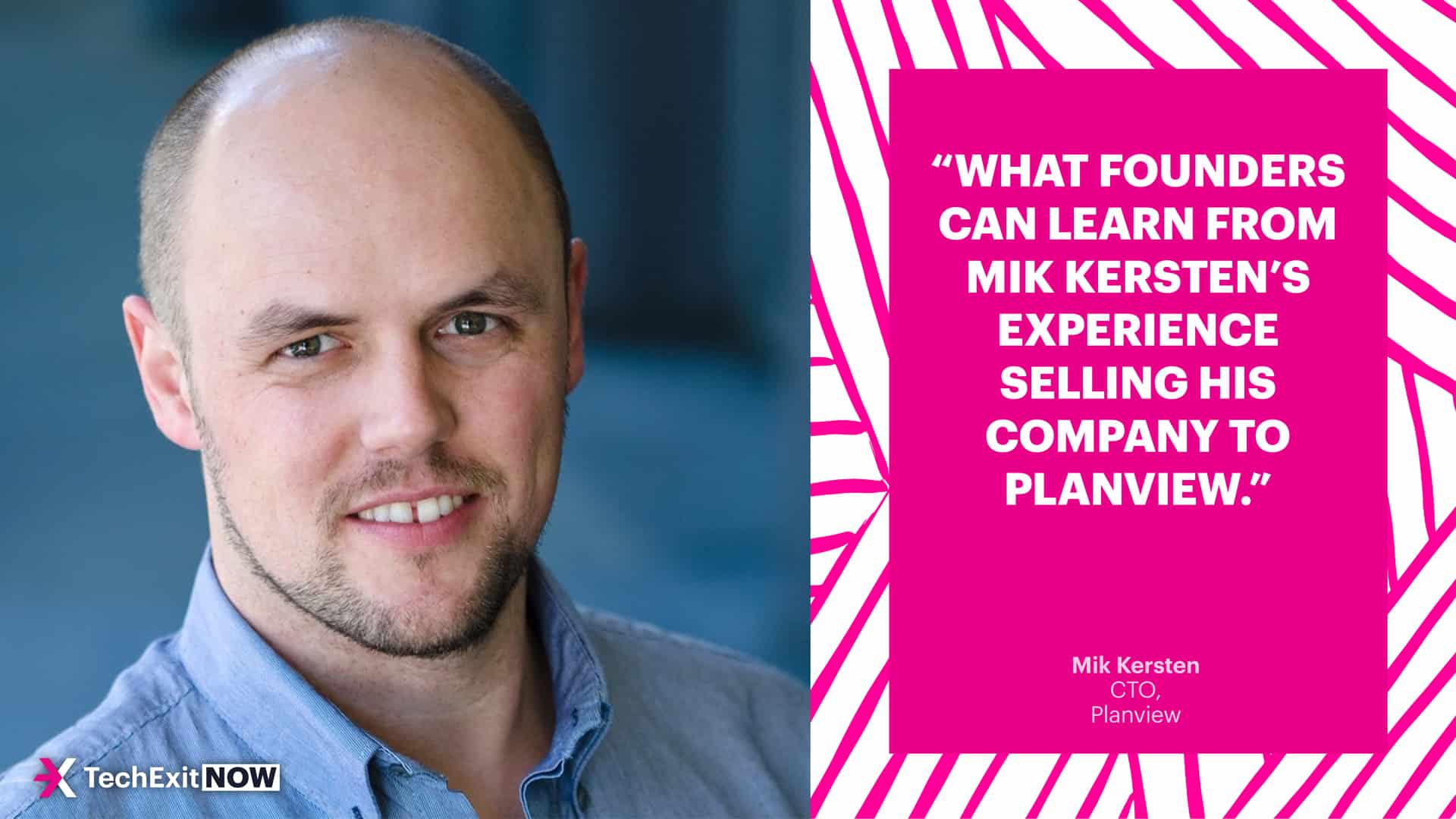
Mik Kersten raised $126 million for his startup Tasktop in early 2021 but sold the company a year later to Planview. Now a year post-acquisition, Mik shared his experience and lessons learned with TechExit.io.
Key takeaways:
- Prioritize culture before the acquisition closes, explaining to all parties how each organization’s vision is aligned with the other.
- When picking your organizational structure, think about ways to preserve what makes your startup special while benefiting from–and contributing to–the larger organization.
- Embrace the reality that you can’t predict all the changes and problems that might show up in an acquisition.
In April 2021, Tasktop announced a $126 million growth equity raise. By May 2022, the company was sold to Planview. Mik Kersten, Tasktop’s founder and CEO, joined Planview as CTO along with most of the team.
Now a year post-acquisition, Mik spoke with TechExit.io after his live conference talk. He shared more detail about why certain things went well and why one mistake in particular is now a key priority to fix.
A year in, what went well
When Mik founded Tasktop, his first title was CTO; as the business evolved, Mik changed with it and became CEO. So when he sold the company to Planview, joining in a CTO capacity felt like a homecoming of sorts. However, it didn’t absolve him from planning a smooth transition for the whole Tasktop team.
Looking back on the year since the acquisition, Mik noted three areas that the team did well.
1. Organizational design for the merged company
Rather than fighting for arm’s length independence or fully merging fully into Planview, Mik and other leaders initially opted for a hybrid approach.
Now, Tasktop product and engineering teams report to Mik as CTO, as well as new teams that focus on emerging technologies for the Planview portfolio. However, go-to-market and internal teams like customer success, sales, marketing, and finance are entirely integrated, ensuring that Tasktop is still part of the overall Planview organization and that the combined organization functions as one team.
Within this balance, Mik collaborates with sales leadership and other Planview leadership to ensure the direction he’s giving the product teams aligns with the larger organization’s mission.
“Organizational design will affect the ability for people to deliver [and] the way people collaborate,” said Mik. “And if we hadn't gotten it right, we would have changed it at this point. So it's interesting. We haven't changed it.”
2. Culture
Heading into the acquisition, Mik was conscious that the two companies would need to merge cultures—this was going to be a tall order since Tasktop had been built as a relatively scrappy startup while Planview is a larger and more established, multi-product company.
When the acquisition was announced internally, they invited Planview’s CEO to give a presentation on Planview’s culture, values, and how they align with Tasktop’s core values.
“You've got this rock-solid foundation [that] is really important for people to realize how much Plainview cares about their staff,” said Mik. “But at this size, management structure is changing and so on, there's just a lot to do.”
3. Process integration
Culture provided the foundation, but the company still needed to bring its systems together so employees could actually work within the new structure. This meant a lot of work around the basics such as HR, payroll, and compliance.
Mik said this was a critical step–one that had to be done right–but at the same time, it wasn’t a focus area for him as a leader.
“I was more focused on making sure that people were thriving within the new structure and that if we put someone into the wrong position, but they actually belonged over here, we made changes,” said Mik. “HR and payroll stuff is all mechanical. There’s a ton of work getting through all those things, but that’s not where my mental energy went.”
How a mistake came to be
A big part of Tasktop’s early success was its ability to define–then dominate–a new market category called Value Stream Management, or VSM. Their big bet was that technical buyers would need a high-end solution to help them manage their entire project lifecycles, and they were right. Planview, on the other hand, built up the Strategic Portfolio Management (SPM) space and sold to business buyers who focused more on the bottom line than the nitty-gritty technical details of any given project.
These two categories were highly aligned and the two companies often sold to similar customers. However, Mik said he mistakenly assumed he could use Tasktop’s sales playbook with Planview prospective customers. The biggest shift he noticed was that technical buyers were often earlier adopters of novel technology whereas business leaders might be considered pragmatists or late adopters. Now he’s trying to bridge that gap.
“We didn't get that quite right initially,” said Mik. “And so we're launching all sorts of new things around that of a simplified view of what VSM is.”
Living through wild problems
A lot of the ups and downs of acquisition are process-oriented. And sometimes you’re stuck because you can’t talk about things or make plans until certain milestones are hit or until signatures are on contracts.
But another big challenge came for Mik as a person rather than a business leader—the “wild problem” of selling his company and transitioning to another role.
Now that he’s been through the acquisition, he realized how much he couldn’t predict would come from his decision to sell Tasktop; the decision had so many externalities Mik said he couldn’t possibly understand what might happen or what might change in the end.
That reality, said Mik, should be embraced.
“Some founders like those [wild problems] and some founders don't like them,” said Mik. “In my case, I'm fortunate in the sense that it has given me this new, bigger challenge that's kept me motivated and invigorated.”
BACK



